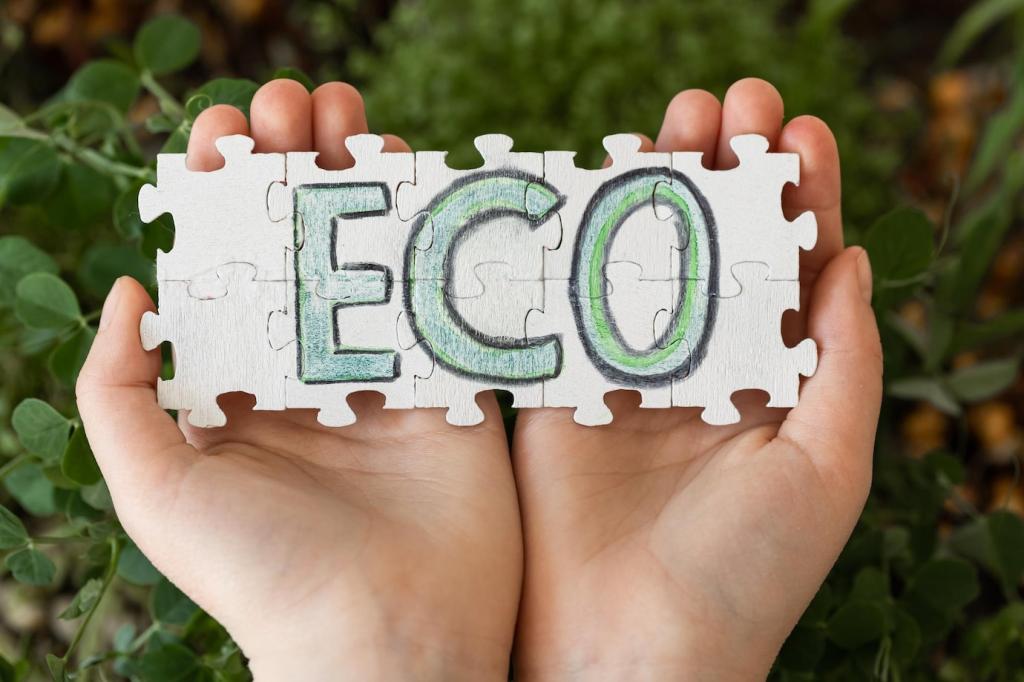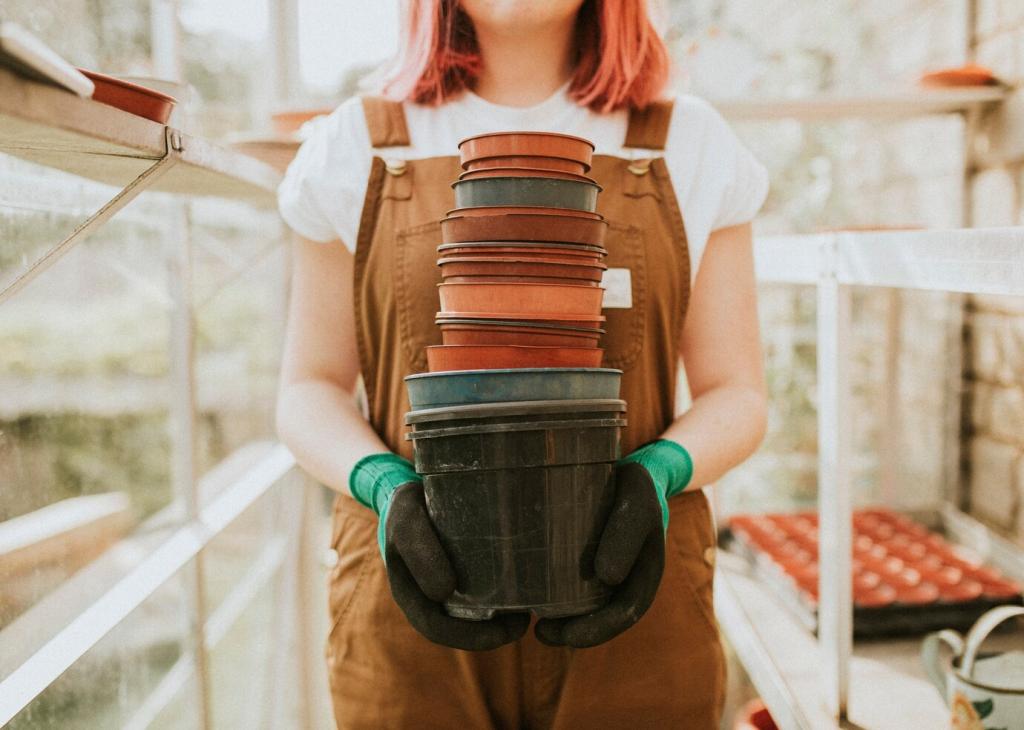
From Waste to Wonder: The Process of Creating Furniture from Recycled Materials
Chosen theme: The Process of Creating Furniture from Recycled Materials. Welcome to a space where discarded timbers, bent bike frames, and fabric offcuts get a second, stunning life. Together, we’ll explore how to design, prepare, craft, and finish upcycled pieces that carry history, save resources, and spark conversation. Subscribe and join our makers’ circle—your next table, chair, or shelf could begin with today’s story.
Finding and Selecting Reclaimed Materials
Hunt for possibilities at deconstruction yards, renovation sites with permission, community recycling centers, and metal scrap dealers. Always ask, document, and transport safely, respecting local regulations and the stories embedded in every scuffed board and weathered beam you rescue.
Inspect for rot, insect damage, delamination, and excessive warping before committing. Probe end grain, tap for hollow sounds, and measure thickness. If in doubt, over-engineer structural pieces or relegate questionable stock to decorative elements to keep the process safe and the final furniture trustworthy.
Choose materials that carry visible history—nail holes, stamp marks, faded paint—but do not gamble on compromised structure. Balance aesthetics with integrity, and log your finds. Share your sourcing stories in the comments to help others navigate the early stages with confidence and creativity.

Designing Within Constraints
Let odd lengths define modular patterns and knots inspire joint placement. Sketch around scars rather than erasing them. Constraints can guide unique silhouettes and authentic details, making furniture that feels inevitable—born from the material’s past rather than imposed upon it.


Designing Within Constraints
Design with replaceable panels, accessible fasteners, and reversible joints. A chair built from reclaimed parts should be serviceable with basic tools. Let the joinery be visible and proud, sharing how it works while honoring the process of creating furniture from recycled materials.



Joinery and Building Techniques for Salvaged Stock
Where glue is risky on old finishes, consider pocket screws, bolts with threaded inserts, and drawbored pegs. Reversible joints support future repairs and disassembly, preserving both the furniture’s lifespan and the spirit of sustainability at the heart of recycled builds.

Low-VOC Oils, Waxes, and Waterborne Topcoats
Linseed, tung, and hardwax oils highlight grain while keeping fumes low. Waterborne poly adds durability with fewer emissions. Test on offcuts first to see how color shifts, then layer thin coats for a tactile, resilient finish that ages gracefully with use.
Preserve Patina or Start Fresh?
Decide whether to keep paint ghosts, stamp marks, or oxidation. Sometimes a light scrub and clear coat tell the best story. Other times, a full strip and even stain unify mismatched components while still honoring the material’s recycled origins.
Maintenance Plans and User Guides
Include a simple care card: how to clean, when to re-oil, and what to avoid. Encourage owners to share patina updates yearly. This extends the lifecycle and keeps the furniture’s journey—born from recycled materials—growing with every scratch and shine.

Case Study: Coffee Table from a Retired Gym Floor
We salvaged tongue-and-groove maple from a school renovation, carefully denailed each strip, and preserved sections with faded blue lane paint. Readers voted to keep the lines visible, turning functional bracing into a conversation piece about community games and second chances.

Measuring Impact and Sharing the Environmental Story
Estimate emissions avoided by reusing wood versus buying new, using published carbon factors. Even rough calculations help customers appreciate how the process of creating furniture from recycled materials turns waste streams into climate wins they can place in their homes.
Measuring Impact and Sharing the Environmental Story
Plan labeled hardware, standardized fasteners, and separable materials. Provide a teardown diagram so the piece can be repaired, resized, or recycled again. Circularity starts at the drafting table, long before the first board hits the workbench.
Measuring Impact and Sharing the Environmental Story
Include a provenance tag: where materials came from, who built it, and care guidance. Ask owners to share photos and milestones. Comment with your impact ideas or requests for printable tags, and we’ll craft templates for the community to customize.
Host or Join a Salvage Swap
Organize a weekend exchange for offcuts, hardware, and tools. Post dates and wish lists below. Swaps turn stalled piles into fresh possibilities, accelerating the process of creating furniture from recycled materials while forging friendships around the workbench.
Show Your Progress, Subscribe for Guidance
Share before-and-after photos, mistakes, and tiny triumphs. Subscribe for hands-on tutorials, downloadable plans, and monthly build-alongs. Your questions shape what we publish next, ensuring every guide helps you move from idea to heirloom with confidence.
Ask Me Anything: Troubleshooting Corner
Stuck on a warped panel, stripped screw, or stubborn finish? Drop details and dimensions. We’ll crowdsource solutions, test fixes, and report results—turning hiccups into knowledge that grows the entire recycled furniture community’s skill set and courage.
